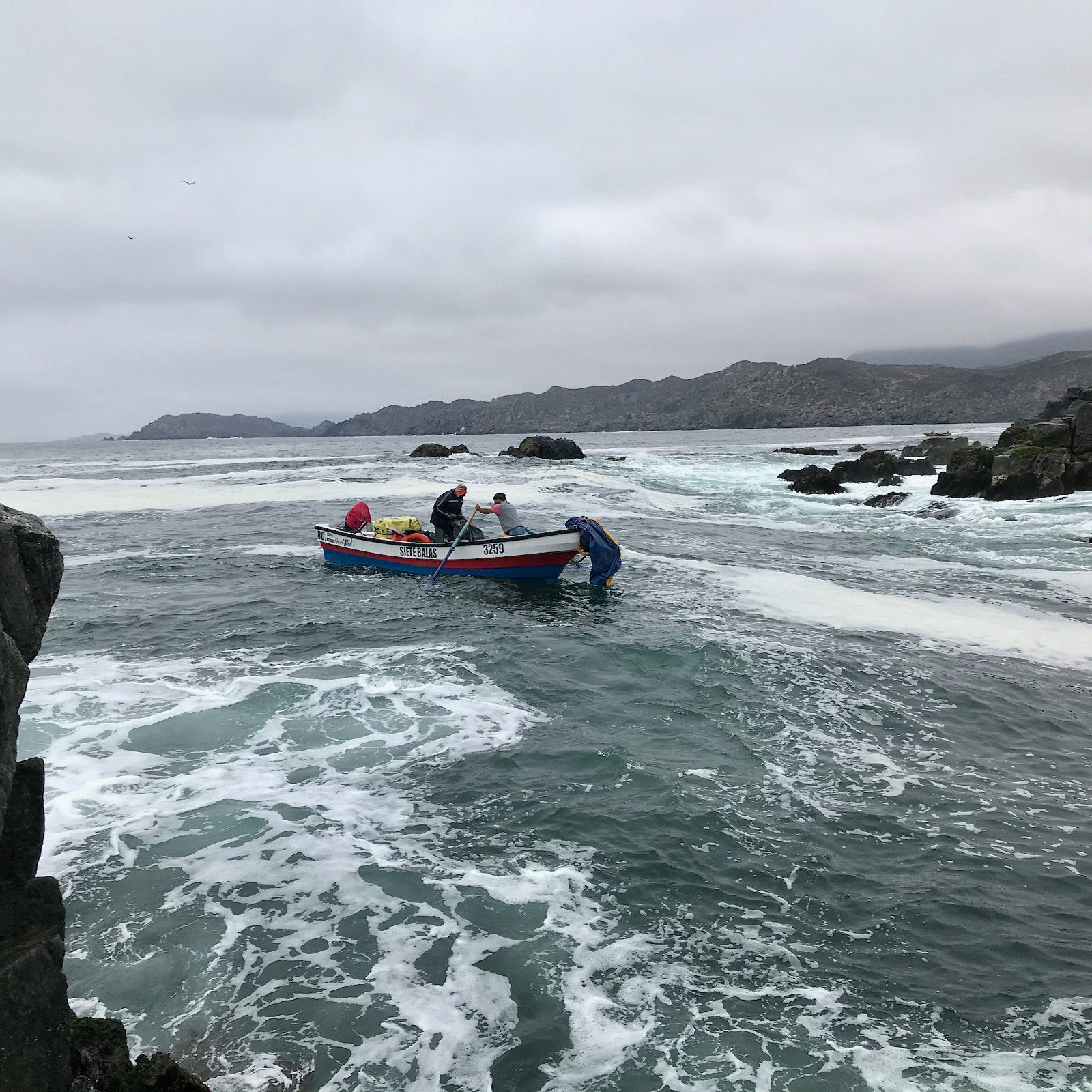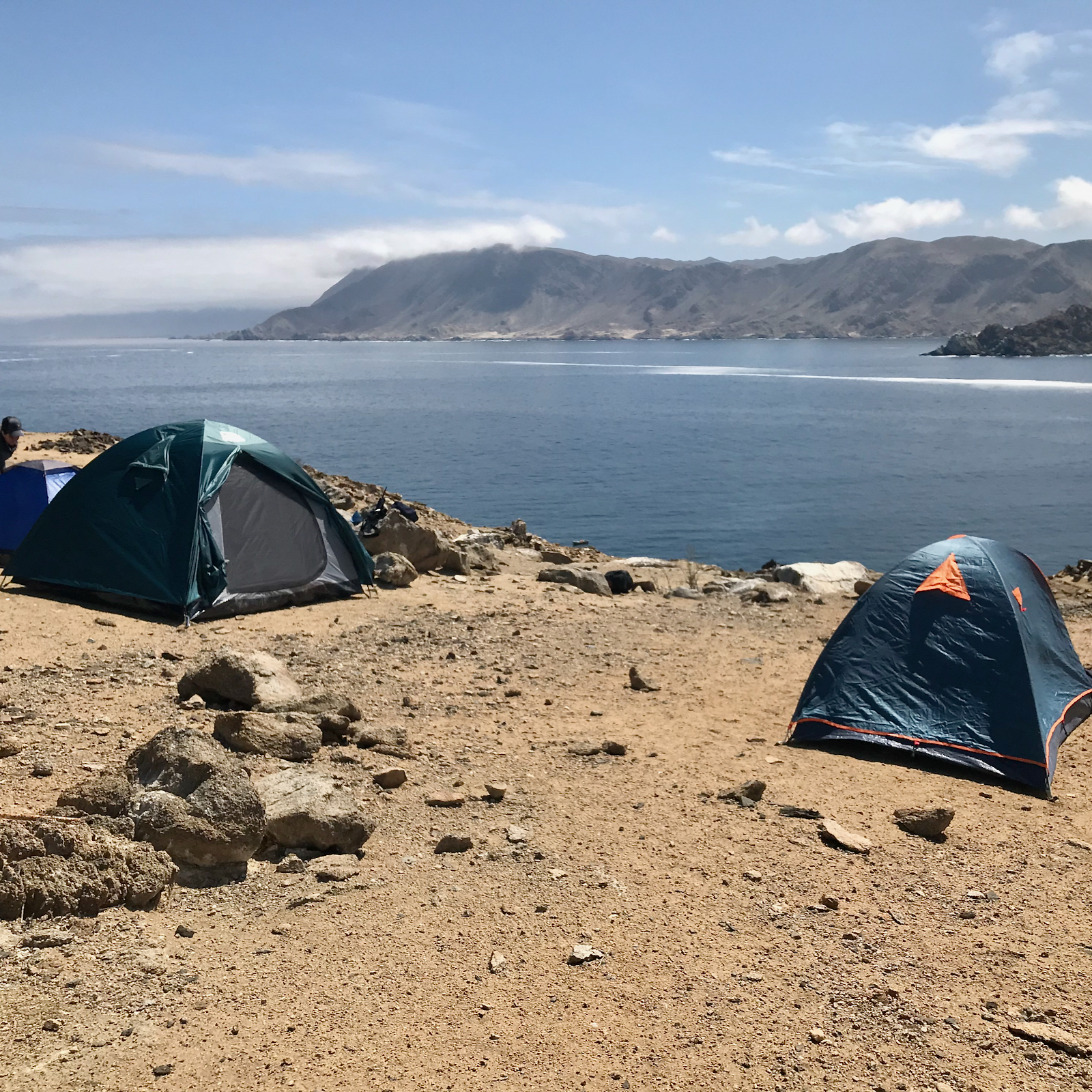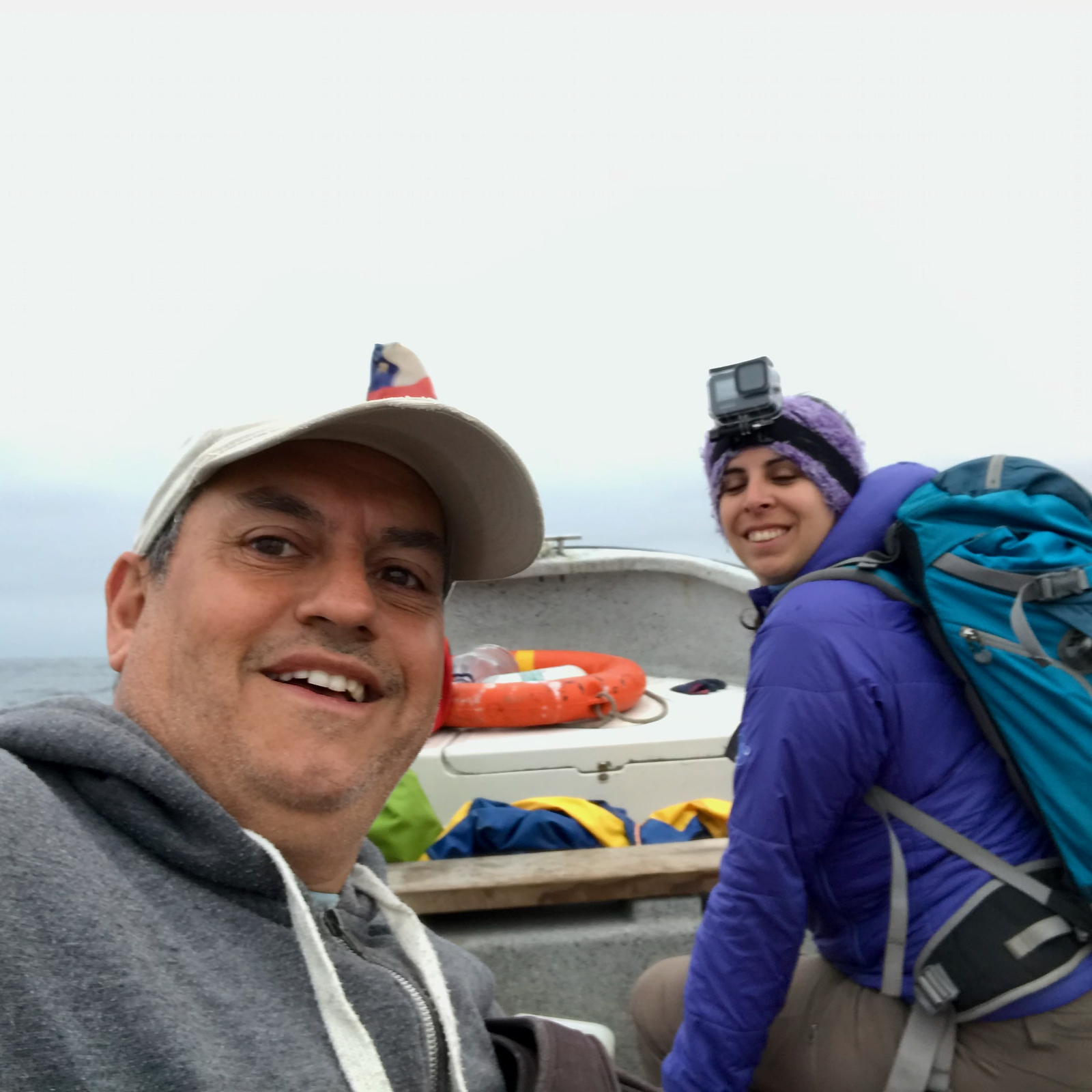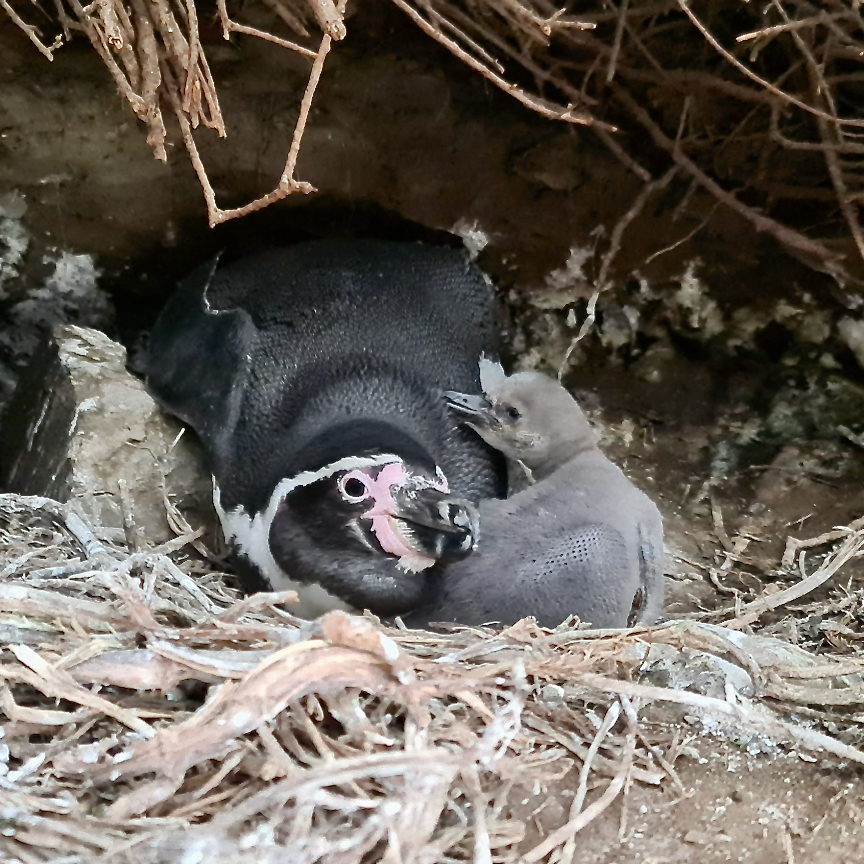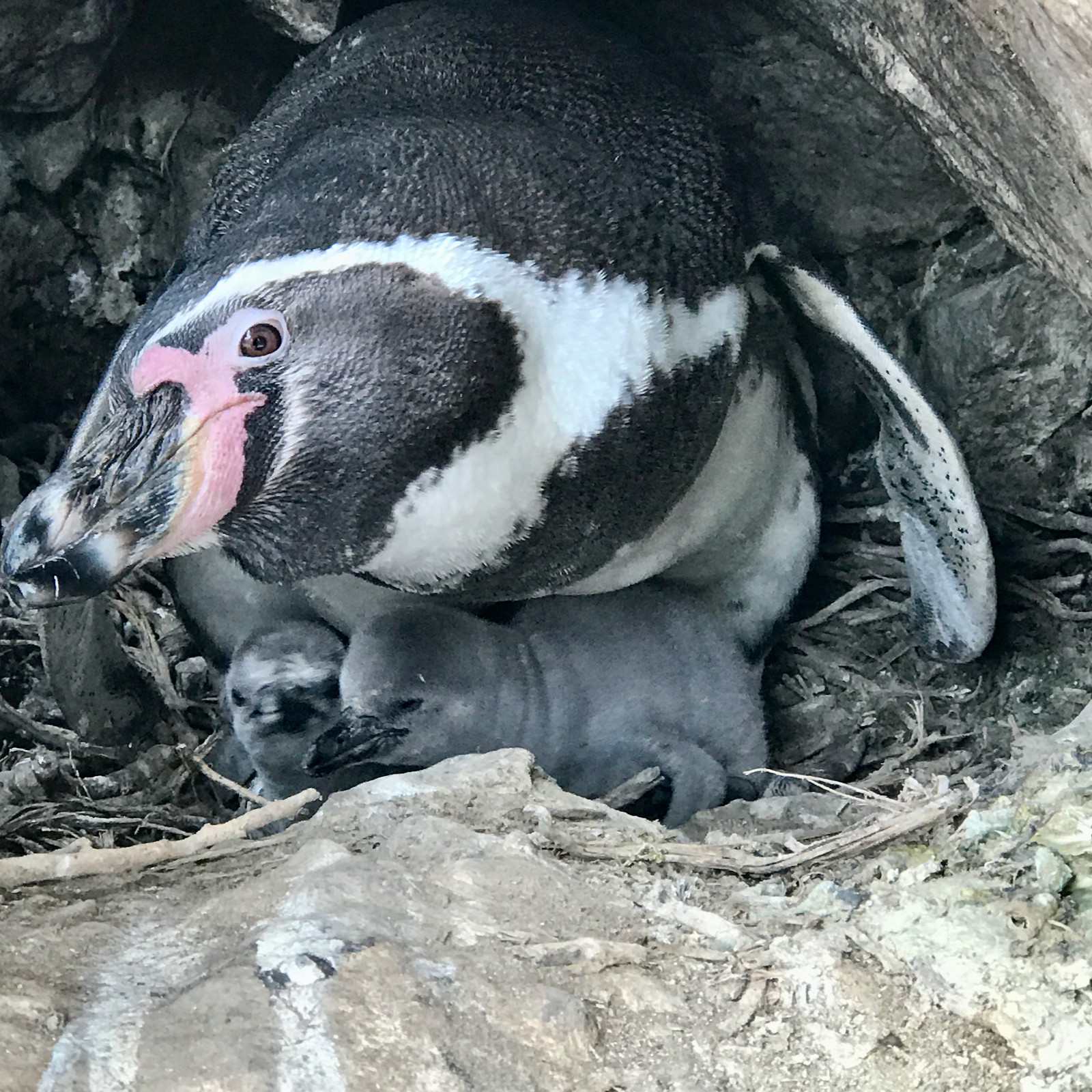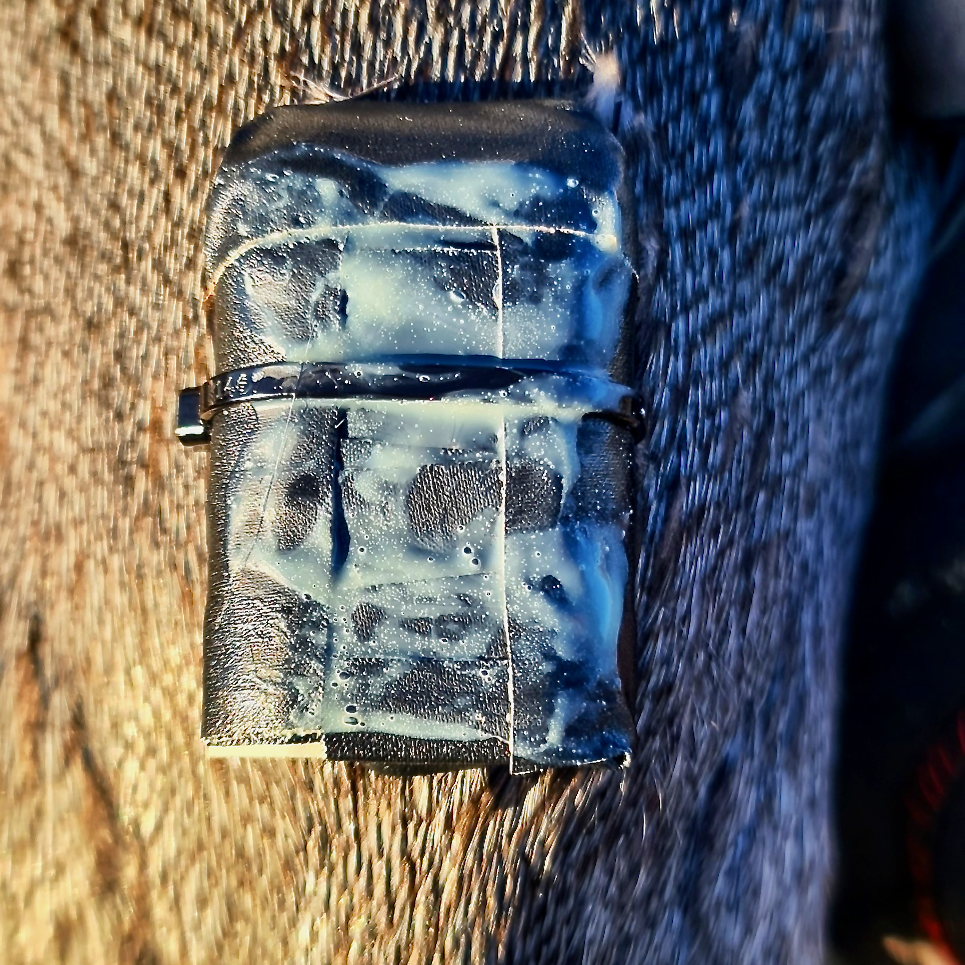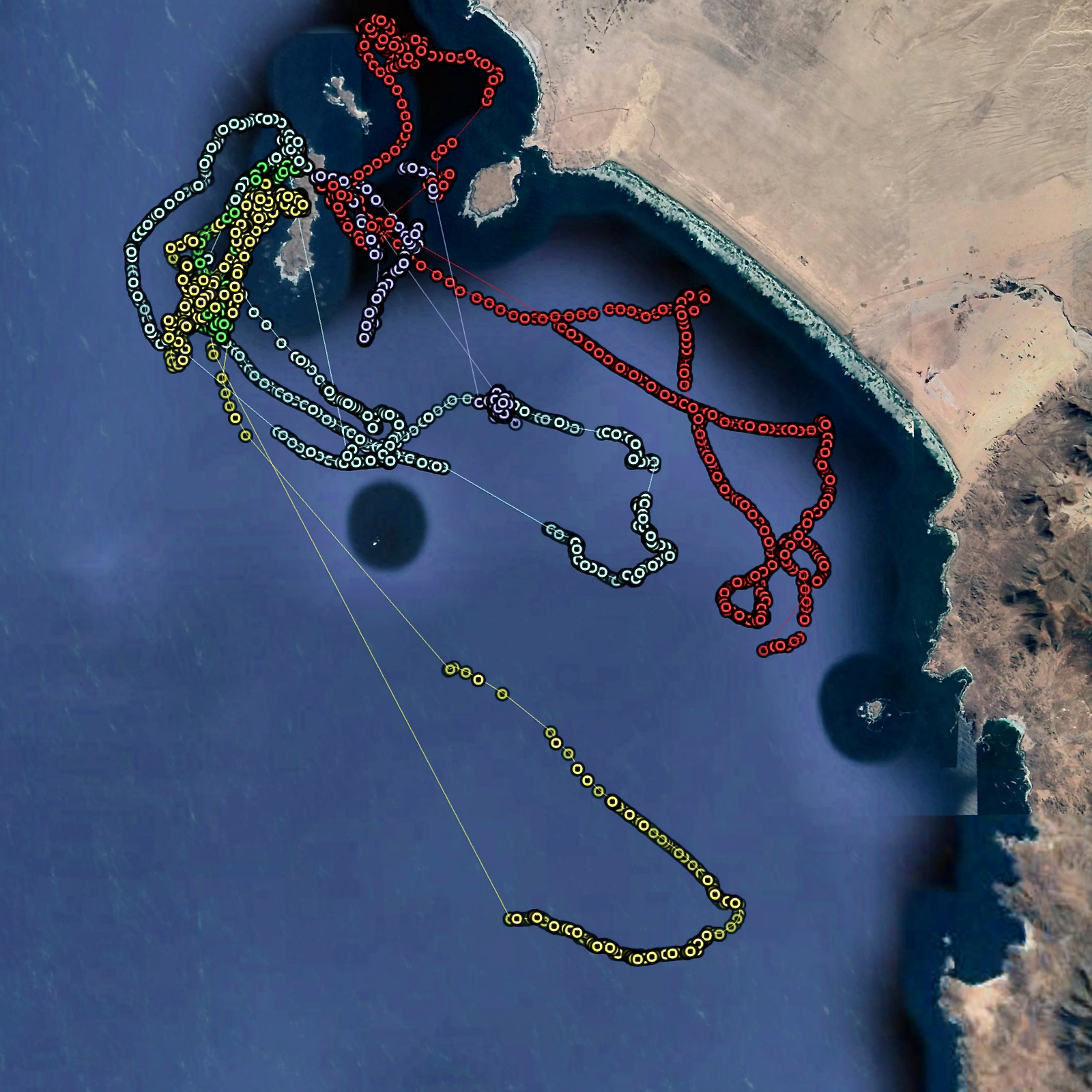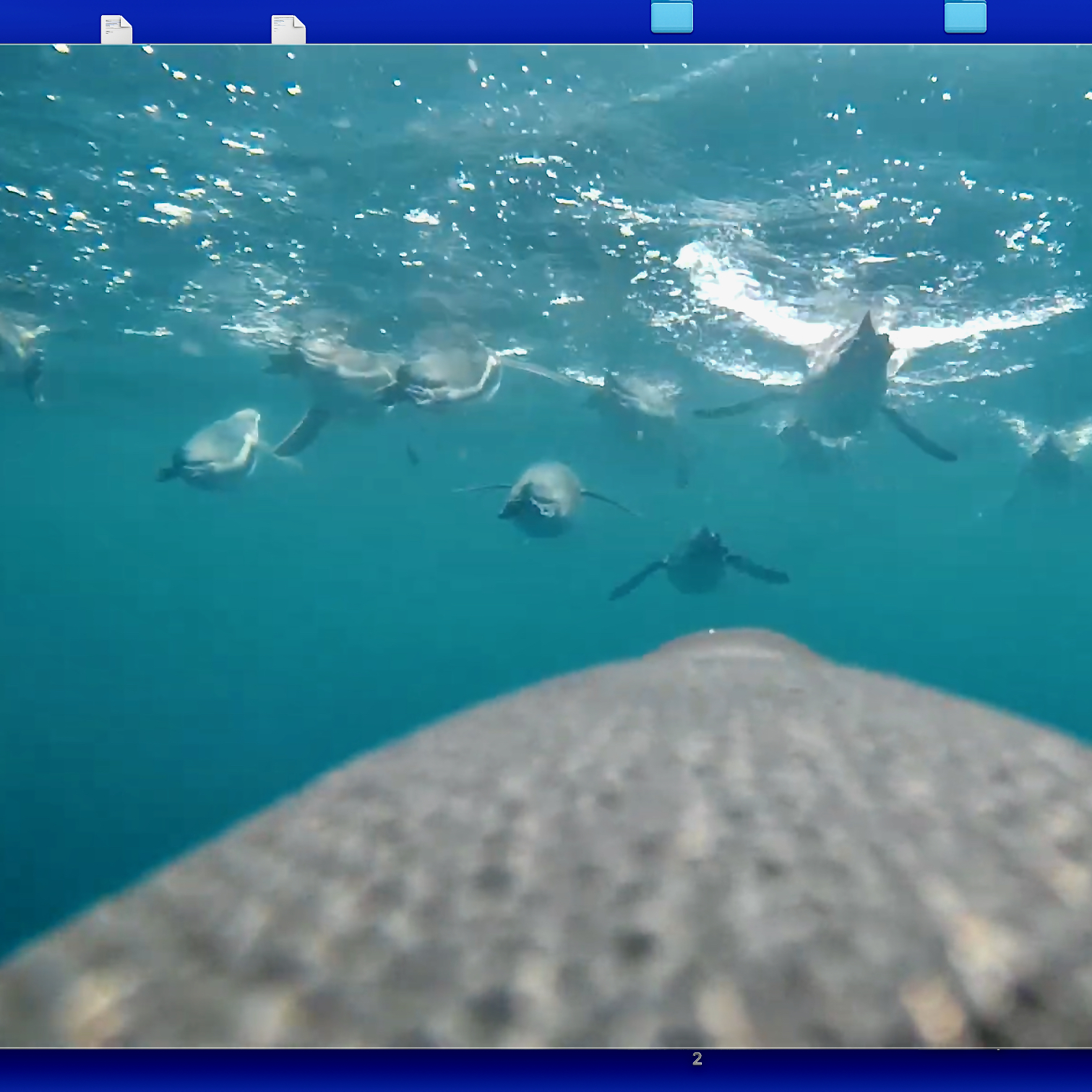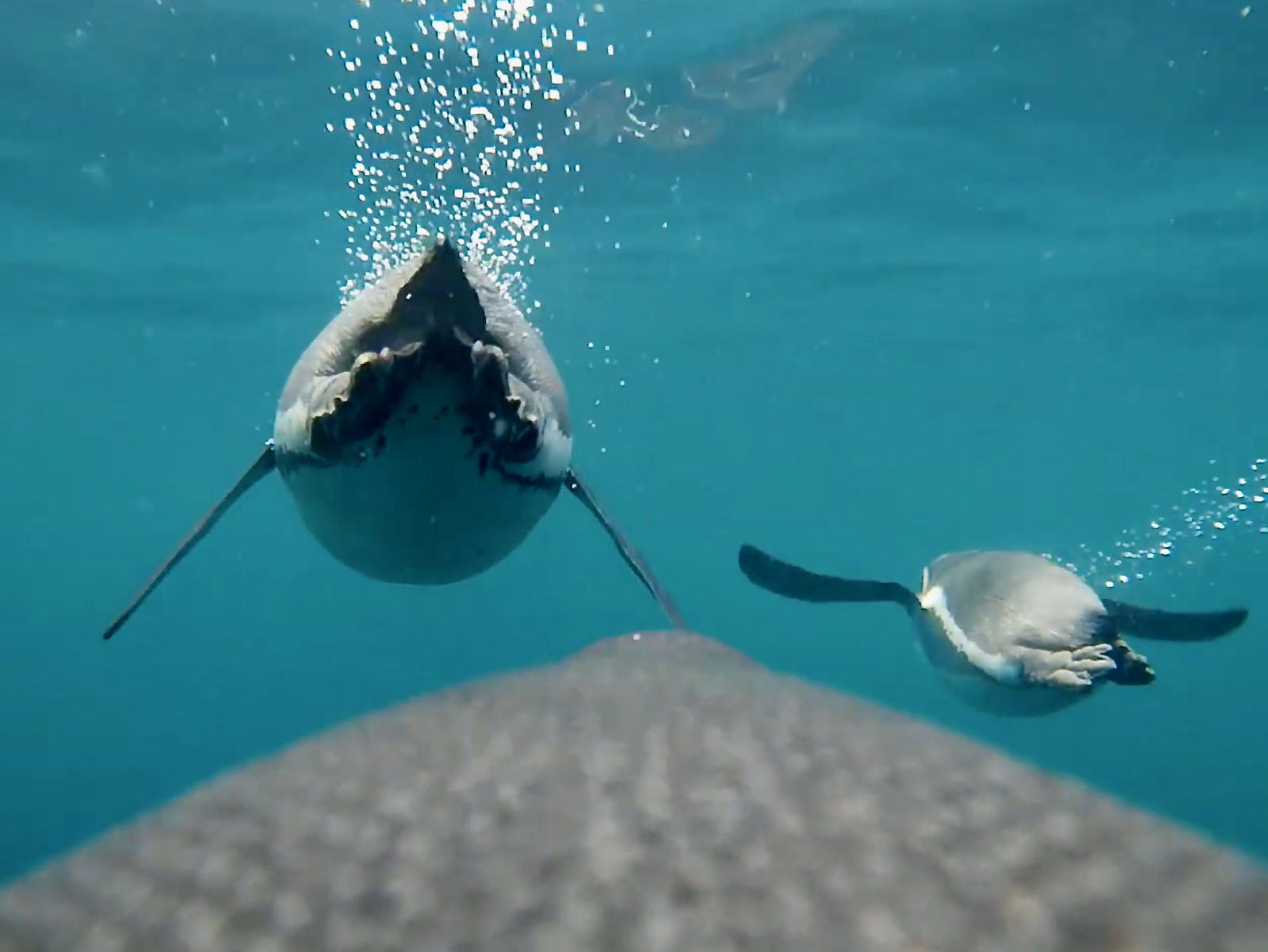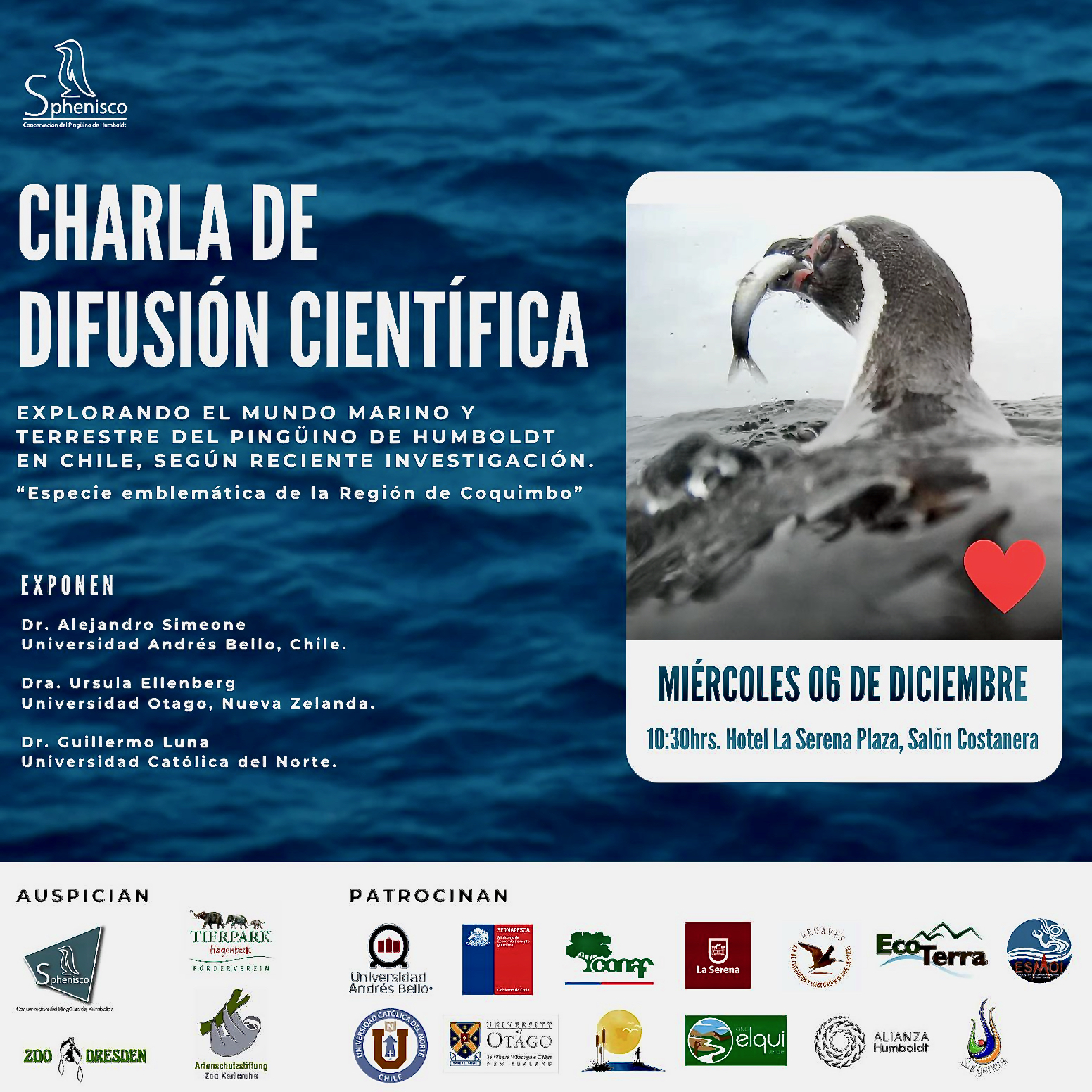La Serena November 21, 2023. In 2021 and 2022, researchers carried out the "Research for Survival" project on behalf of Sphenisco with great success. The group led by Dr. Alejandro Simeone, University Andrés Bello, Santiago was responsible for counting, the group led by Dr. Guillermo Luna, University Católica del Norte, Coquimbo for monitoring breeding success, the group led by Dr. Thomas Mattern and Dr. Ursula Ellenberg, NZ Penguin Initiative, University of Otago, Dunedin for foraging studies. The contractual partner of the project was the University Andrés Bello, Santiago, it was funded by the Species Conservation Foundation Zoo Karlsruhe, the Zoo Dresden and the Association of Friends of Hagenbeck Zoo (see "Projects Chile" June 4, 2021, November 28, 2021, April 18, 2022, July 22, 2022, July 23, 2023, January 1, 2023 and July 9, 2023 on these pages).
As planned from the outset, work will continue in 2023 and 2024. The new contract entitled "Research and Development Agreement" between Andrés Bello University and Sphenisco is ready to be signed in November.
Investigations 2021 and 2022
The research work focused on three main objectives:
1. the determination of the population size in the most important Chilean Humboldt penguin colonies,
2. the evaluation of breeding success in two colonies (Chañaral Island and Choros Island) and
3. the determination of foraging areas and the investigation of foraging behavior of Humboldt penguins at sea.
Ad 1. The Humboldt penguin population was surveyed on the 10 most important breeding islands. The results summarized in the report by Simeone et al. (2023) were not very encouraging, showing that 2,511 breeding pairs were present in these colonies during the 2021 and 2022 seasons. According to Simeone et al. (2018), around 80 % of the reproductive population is probably concentrated on these 10 islands, so that an optimistic estimate suggests that the total population in Chile could currently comprise around 3,000 breeding pairs. An important finding was that historical colonies such as the islands of Pan de Azúcar and Chañaral currently only harbor a very small number of Humboldt penguins and most of the nests are not being used.
Ad 2. The breeding success was consistent with the count data. This indicates that the few penguins that attempt to breed on Chañaral Island have a comparatively lower breeding success than the penguins that breed on nearby Choros Island.
Ad 3. The study on the foraging behavior of Humboldt penguins on the island of Choros provided highly interesting information about the areas where the penguins forage (mainly for schools of fish) and how they behave at sea. The penguins' foraging behaviour was studied during both the southern winter and southern spring breeding seasons. Preliminary results indicate that penguins breeding in the austral winter (June) travel longer distances on average in search of food than penguins breeding in the austral spring in the same colony. This indicates that the penguins are able to adapt their behaviour at sea to the prevailing oceanographic conditions. Marine productivity is lower in the southern winter than in the southern spring. In addition, the cameras worn by the penguins have shown very interesting underwater behavior, which will be evaluated in the coming months.
Plans for the period 2023-2025
For the period 2023-2025, it is planned to maintain the three basic objectives and to use the same methods for the investigations as in the period 2021-2022. In addition, the researchers suggest the following changes to improve the project.
Goal 1 Determination of population size
Due to the ongoing El Niño event currently affecting the southeastern Pacific, it is expected that only a small portion of the population will attempt to breed this southern spring (October-November). During the 1997-1998 El Niño, Simeone et al. (2002) reported a decline in the number of breeding pairs on the island of Pájaro Niño in central Chile of up to 85 %. Despite this unfavorable environmental scenario - which will greatly hinder the full realization of this goal - it is planned to count the population in certain colonies. Due to their geographical location and the size of the population, the population on the islands of Pan de Azúcar, Choros, Tilgo and Cachagua will be surveyed in October and November 2023. This information can be used to determine how the El Niño event affects the size of the breeding population of these large colonies on a broad geographical scale.
Once the oceanographic and climatic conditions have stabilized in 2024, the plan is to determine the population size in the remaining large colonies in Chile. In October and November 2024, the population size is to be determined in the same colonies as in 2021-2022 and in three other colonies (see table below).
|
Colonies |
Locations |
Area (ha) |
|
Isla Pan de Azúcar |
26° 09' S; 70° 41' W |
103 |
|
Islote Ramadas |
27° 00' S; 70° 48' W |
14 |
|
Grande de Atacama* |
27° 14' S; 70° 58' W |
54 |
|
Cima Cuadrada* |
27° 41' S; 71° 02' W |
14 |
|
Isla Chañaral |
29° 02' S; 71° 34' W |
516 |
|
Isla Damas |
29° 14' S; 71° 31' W |
56 |
|
Isla Choros |
29° 16' S; 71° 32' W |
301 |
|
Isla Chungungo |
29° 24' S; 71° 21' W |
15 |
|
Isla Tilgo |
29° 32' S; 71° 20' W |
45 |
|
Isla Pájaros 1 |
29° 35' S; 71° 32' W |
124 |
|
Isla Huevos |
31° 54' S; 71° 31' W |
9 |
|
Isla Cachagua |
32° 35' S; 71° 27' W |
5 |
|
Islote Pájaro Niño |
33° 21' S; 71° 41' W |
3 |
|
Pupuya* |
33° 58' S; 71° 53' W |
3 |
* New colonies to be added in 2024
Goal 2 Determination of breeding success
In the previous period (2021-2022), we monitored breeding success in two colonies in the Humboldt Archipelago, the islands of Chañaral and Choros. Also due to the ongoing El Niño event, the breeding success study is to be limited to the island of Choros in 2023. As mentioned, a population count is also to be carried out in this colony. In 2024, monotoring on the island of Chañaral is to be resumed and information collected for both colonies.
Goal 3 Foraging behavior
It is planned to equip Humboldt penguins on the island of Choros with GPS loggers again in November and December 2023 to record how the oceanographic conditions during El Niño change the feeding behavior of the Humboldt penguins. This information is compared with data from 2022, a year that was influenced by La Niña conditions. The comparison is particularly valuable as it makes it possible to determine whether foraging areas, duration of foraging, distances to the colony and diving performance change accordingly as a result of El Niño.
In 2024, the study is to be continued with GPS loggers on penguins on Choros Island in the southern winter and southern spring breeding seasons. There are also plans to extend the study to the island of Cachagua (south-spring 2024 and south-winter 2025). This makes it possible to compare foraging in different geographical and oceanographic regions. It is of great scientific relevance to determine whether the foraging parameters from Choros Island truly reflect the behavior of the species or whether they are an adaptation to local conditions.
Goal 4 Social media
Information gathered in the context of nature conservation projects often does not reach important interest groups and the general public. They often remain in technical documents or in a limited scientific environment without reaching local stakeholders. Most research results are published in very technical language in (usually fee-based) journals, which normally take several months to publish.
In the current situation of misinformation and major problems in the conservation of different species, it is important to provide information in (near) real time and on the basis of open and easy access. Social networks are now a common and useful tool to easily disseminate scientific information to the general public, including local residents, fishermen, educators, landowners and scientists outside the small circle of specialists.
For the second part of the project, the researchers therefore propose setting up an account on a widespread and popular social network (Instagram) in order to establish contact with the interested public quickly and without physical boundaries.
For this purpose
1. use visual material (photos, videos) of the species on the colonies visited,
2. create short texts and infographics describing what is happening as part of the project,
3. communicate conservation goals,
4. inform sponsors and
5. the account will also be a showcase for news related to current events concerning the species (bird flu, El Niño, conservation plans).
The fact that communication is direct and without intermediaries, and that researchers themselves are responsible for disseminating information on social networks, has numerous advantages, from the reliability of the information to the possibility of responding to the concerns of the community.
The groups led by Ursula Ellenberg and Alejandro Simeonen will begin their new investigations on November 26. Under El Niño conditions, as already mentioned, new censuses and foraging studies are planned on the islands of Choros and Tilgo. Due to the geographical location and size of the populations, the number of breeding pairs on the islands of Pan de Azúcar and Cachagua will also be recorded. It is expected that significantly fewer pairs will breed under El Niño conditions. Humboldt penguins avoid breeding when food is scarce or stop breeding. With regard to foraging research, it is uncertain whether and to what extent investigations will be possible.
Ursula Ellenberg and Alejandro Simeone will use their stay in the Coquimbo region to give a presentation together with Guillermo Luna on December 6 and 7 on the research results already available on the population, breeding success and foraging. The Consejo consultive de la reserva national pinguino de humboldt (consultative assembly of the Humboldt Penguin National Reserve) invites you to the lecture in La Higuera. The University of Andrés Bello and Sphenisco invite you to the lecture in La Serena. The aim is to inform citizens, experts and employees of the responsible authorities in the region first-hand about the results to date and their great significance.
W. K.
note
The article is based on the project proposal by Dr. Alejandro Simeone "Untravelling the population size and foraging behavior of Humboldt Penguins in Chile, period 2023-2025" from September 2023 and personal communications from the researcher.



